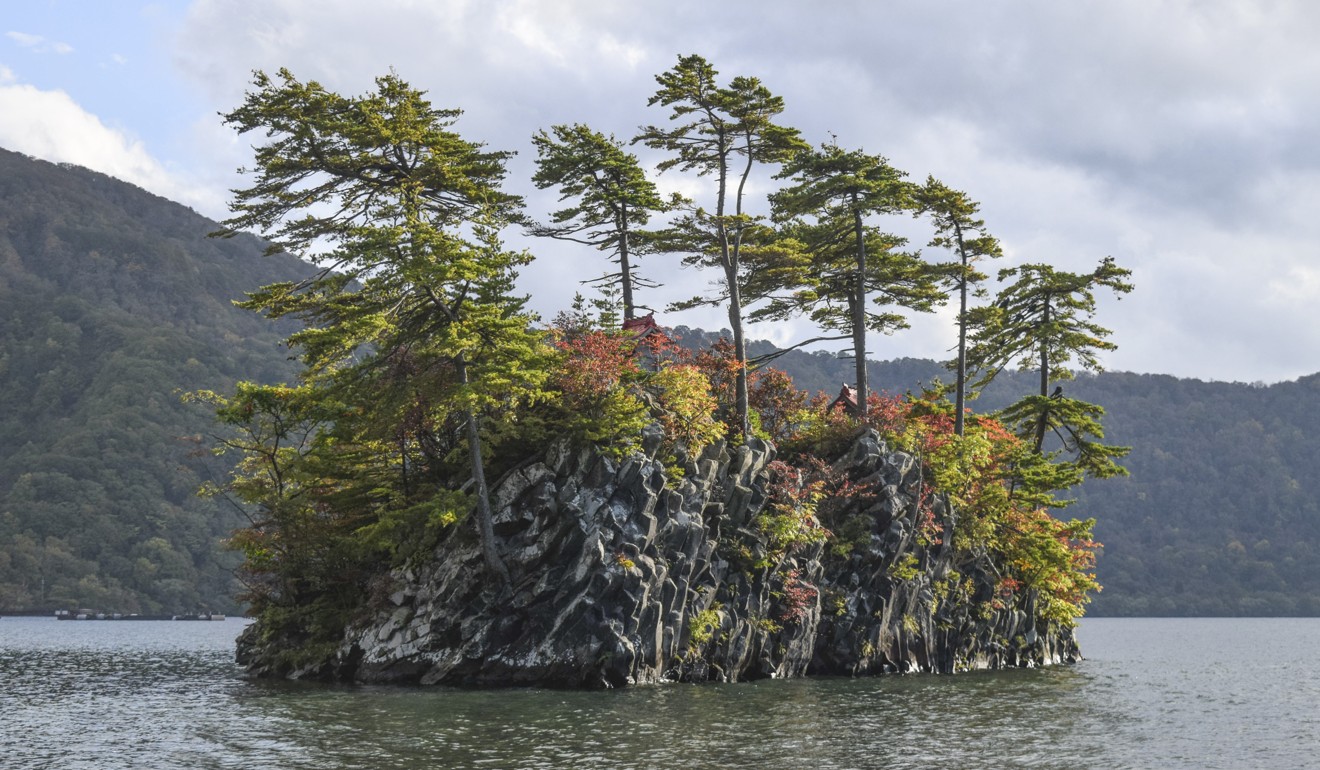
The best place to see the glorious autumn colours in Japan
- Lake Towada in the mountains of Aomori is one of the first places to see autumn leaves turn yellow, orange, and red
- Away from the crowds, it is a tranquil spot to take in one of nature’s spectacles
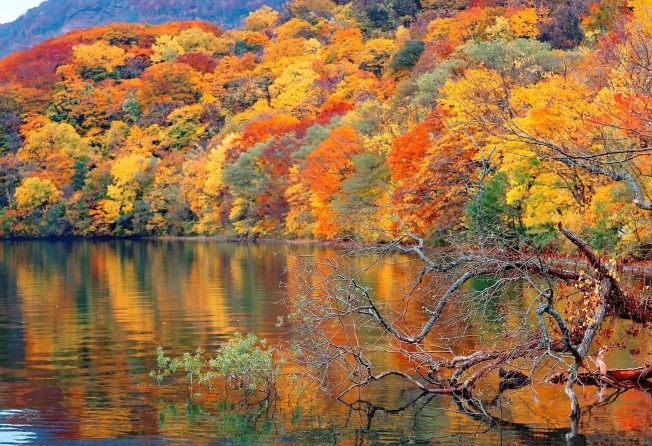
The changing colours of Japan’s autumn foliage have for centuries drawn people to temple gardens, riverbank walks and mountainsides across the country.
As winter approaches, the vivid reds, yellows and oranges of maple, cherry and chestnut trees offer a final burst of colour, a last hurrah before the inevitable whiteout. Newspapers and TV weather shows chart the autumnal changes as they happen, ensuring the best momijigari, or leaf viewing experience.
While thousands will cram into parks, temples and shrines across Japan over the next two months to witness leaves changing colour, a visit to Lake Towada (Towadako) at the northern tip of Japan’s main island of Honshu offers a more relaxing experience – and one more in tune with nature.
The lake offers some of the earliest glimpses of autumn colours. High in the volcanic mountains of Towada-Hachimantai National Park, the first hints of reddening leaves can usually be spotted here in early October.

“The leaves are a little later to turn this year, after the very hot and dry summer,” says Kenji Honda, a yearly visitor to the lake from Tokyo, a five-hour bus and train ride away. “But I still did not stop coming.
“Just look at how beautiful it is here,” he exclaims with a shy smile, looking out over the caldera lake, the largest of its type on Honshu island.
Lake Towada is three hours from the nearest big city, the eponymous capital of Aomori prefecture, and the journey from the city to the lake along valleys that wind through Aomori’s mountains adds to the experience for visitors.
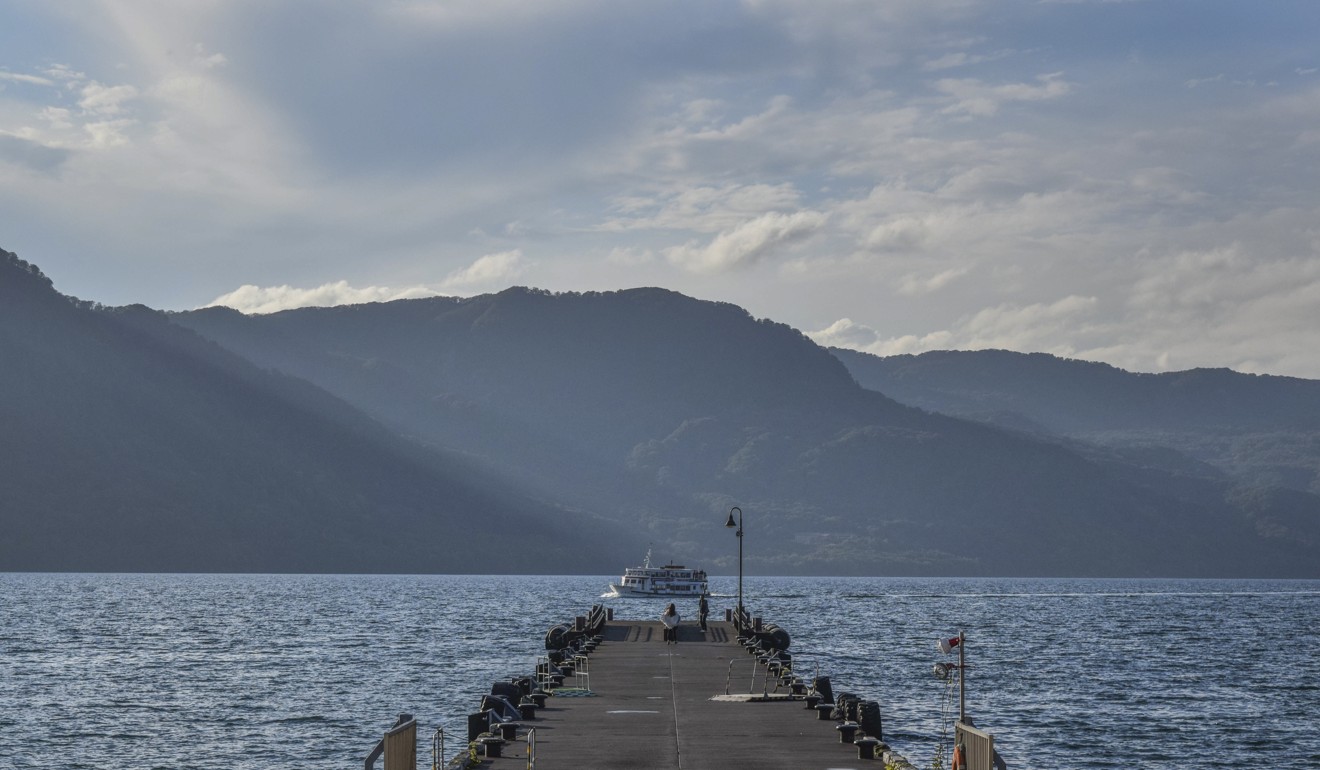
While the lake, Japan’s 12th largest, is a sight to behold, its deep blue waters a vivid contrast to the steeply forested slopes that blanket much of its shores, it is Oirase Gorge that is the top draw each autumn. The river drains from the eastern end of the lake, and its first 14km runs through a canyon. A narrow path runs the length of it, allowing walkers to see rapids, waterfalls and the beech and maple forest that rises around them.
Most visitors start their walk up the gorge from Ishigedo – reachable by Japan Rail bus from Aomori or Hachinohe (see below), free for Japan Rail Pass holders. From there it takes some four hours to follow the river uphill to the lake. Take short hops across the nearby road (the main means of access to the lake) to see some of the cascading waterfalls that feed the river. Japan Rail buses from Aomori and Hachinohe stop at Ishigedo.
For those less inclined to tramp through the forested gorge, buses pause at each of the waterfalls on journeys to and from the lake, and a taped commentary provides information in English and Japanese about each stop.
The effort it takes to get to the lake means visitors escape the worst of the crowds that can transform urban scenic spots into spaces that feel more like zoos than tranquil places to enjoy nature. This is especially apparent when appreciating the lake from one of the viewing platforms perched around the caldera that rings the lake.
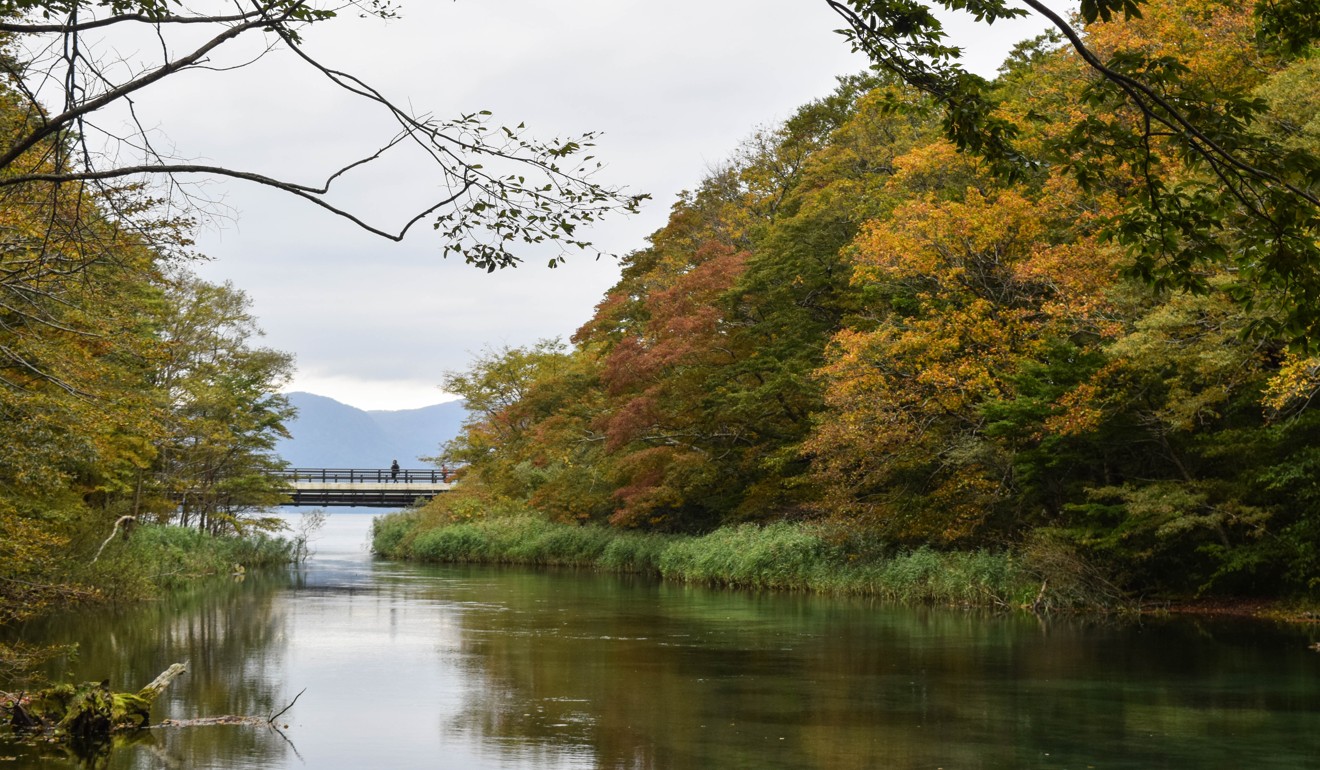
The Kandokai viewing platform is the only one reachable on foot from Towadako town, the main settlement on the lake – and arguably the best one. The spectacular unhindered view it offers of the deepest part of the lake sits above a sheer cliff face, with no human habitation in sight and silence all around.
Boats offer sightseeing tours of the lake that start and finish in the town. They offer either a loop of the lake, or a ride to or from the top of the Oirase Gorge walk. A boat ride is a good way to appreciate the lake’s size, and the steepness of the caldera slopes that ring it. It is also the only way to see some of its small coves and islands.
Much of the lake area is remarkably untouched, given its status as a tourist destination. Towadako town is starting to look a little tired, but offers the bulk of the accommodation and eating options for visitors.

There are two hostels catering to budget travellers, while hot spring resorts offer large baths for weary walkers and elaborate set dinners featuring lake-caught salmon. Gift shops sell a bewildering number of cakes, drinks and cosmetics made from the apples for which Aomori is renowned.
A short walk along the shore north of the town is its atmospheric Shinto shrine, hidden amid tall cedars. Followers of Shinto, Japan’s animist religion, believe spirits (kami) are manifest in all things, including nature. Shrines are identified by the red gates, or tori, at their entrance, and forest shrines offer a glimpse into a side of Japan a long way from the lights and bustle of the country’s populous cities.
“This place is so peaceful,” says university student Saki Yamaguchi, who is sitting behind the Maiden Statue on the Towadako town waterfront. “I love to come in autumn to see the colours, but also to hear the leaves, and feel winter on its way.”
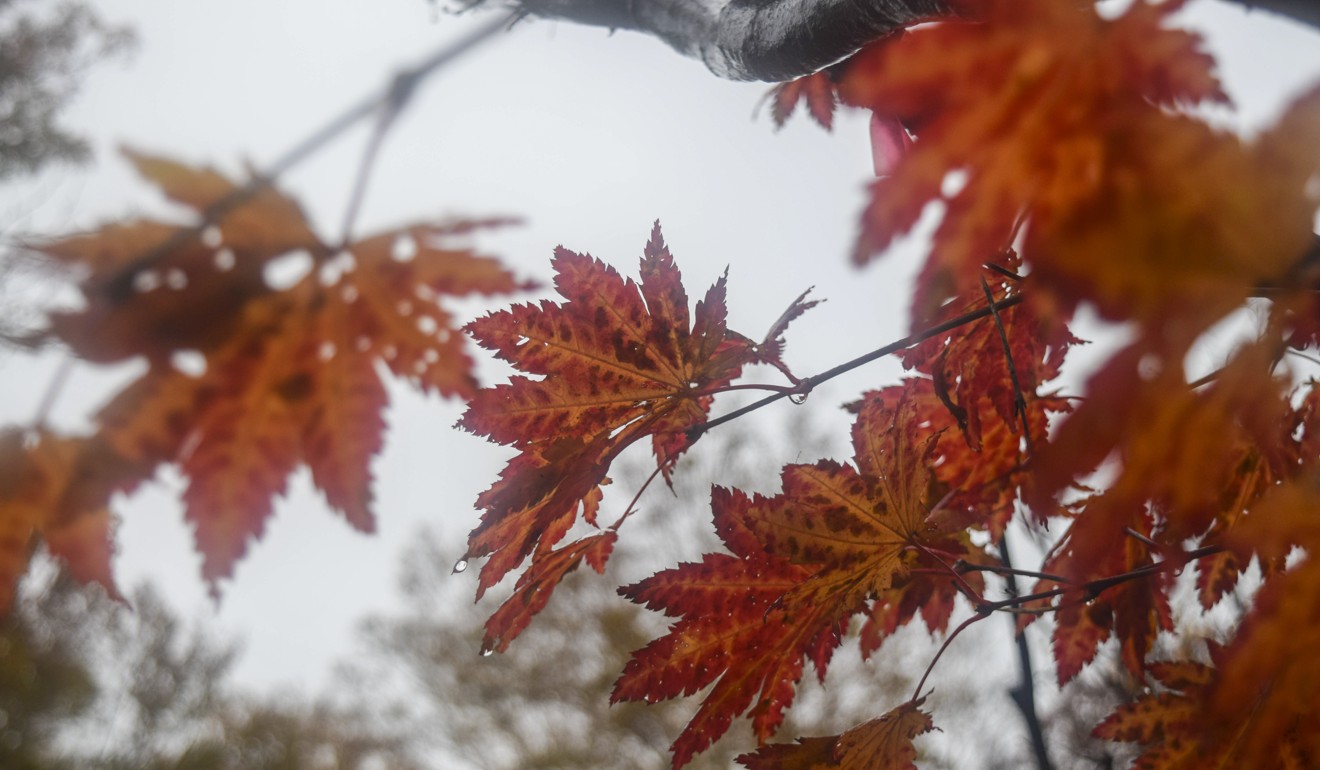
Getting there
Take a bullet train from Tokyo to Hachinohe (three hours), then transfer to a Japan Rail bus to Towadako (two hours), or travel by JR bus from Aomori (two-and-a-half hours). These journeys are all covered by a Japan Rail Pass; a JR East Tohoku pass offers better value if you are only visiting areas north of Tokyo.
Japan Airlines flies between Tokyo Haneda Airport and Aomori.
What else to see
1. Take a cable car up Mount Hakkoda for views of the Hakkoda mountains, and hike from there to three more peaks, including the highest, 1,585-metre Mount Odake; alternatively, you can reach both by hiking up from the Sukayu Onsen (allow two to three hours, or six hours for a circular hike taking in all the peaks). Both the onsen and the cable car station are served by JR bus from Aomori.
2. Travel north to Aomori.
3. Visit Japan’s northernmost main island, Hokkaido.
Where else to see autumn leaves in Japan
Kyoto: if you do not mind the crowds, then Tofukuji is one of the most famous spots in the city in autumn, with mossy green gardens a perfect contrast to the fiery maple leaves all around.
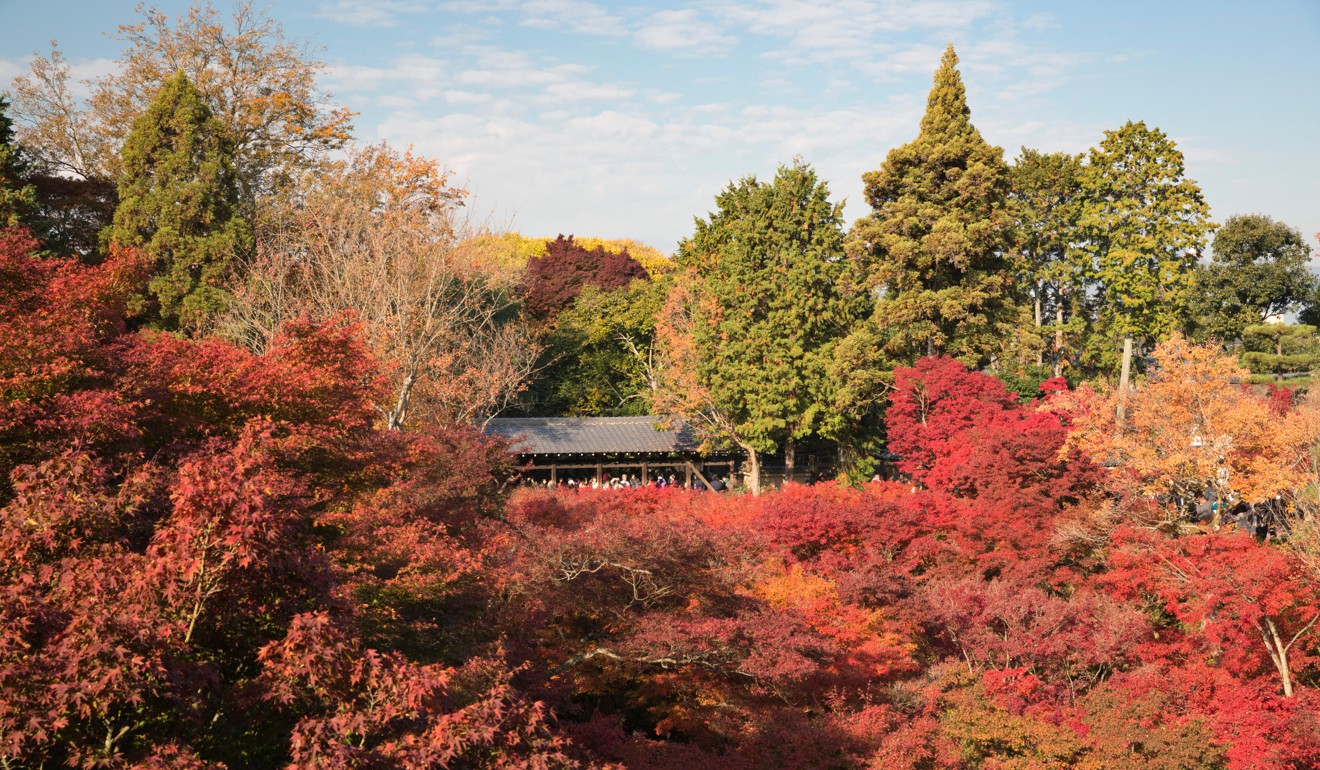
For something marginally more peaceful, the historic Arashiyama district to the west of Kyoto offers more room to breathe, and some of the more remote temples and shrines can be largely empty, despite their autumnal beauty.
Tokyo: Ueno Park is one of the oldest public spaces in Japan, and the thousands of trees there offer something in every season.